Subsystems and components
The UML defines the subsystem as a subpart of the system:
A unit of hierarchical decomposition for large systems. A subsystem is commonly instantiated indirectly. Definitions of subsystems vary widely among domains and methods, and it is expected that domain and method profiles will specialize this construct.
The UML defines a component as an autonomous subpart of the system/subsystem:
Component can always be considered an autonomous unit within a system or subsystem. (...)
A Component is a self-contained unit (...)
A Component is a substituable unit that can be replaced at design time or run-time by a Component that offers equivalent functionality based on compatibility of its Interfaces.
The subsystem is itself a component. So subsystem and component represent the same kind of reality. It's just subtle differences in the wording: subsystem is mainly used for decomposing larger systems in smaller parts, whereas component is often used for assembling smaller pieces in more complex parts. SO the different terms just suggest different levels of decomposition/scale in larger systems.
Component composition in UML
There are multiple ways of composing components to assemble more complex ones. UML does not define anything in this area. Your definition for additive composition seems to correspond to a juxtaposition: the two components are kept unrelated and offer their services to the outside world, as if they were separate components.
Unfortunately, your diagram is ambiguous in that regard: We don’t know for sure if the glue just forwards the behavior or if it transforms or combines it. We don’t even know if it’s the same interface, since the interface has a different name (the methods having the same name can be pure coincidence).
Accordingly, you should better provide the original interfaces to the outside world via a port and delegation connectors (example here):




